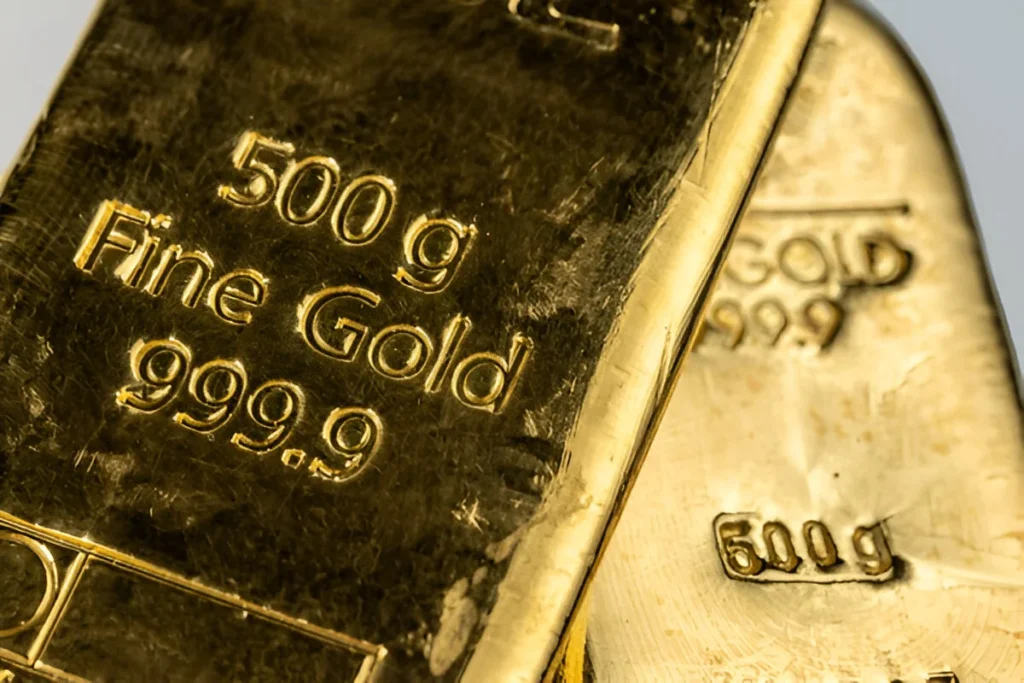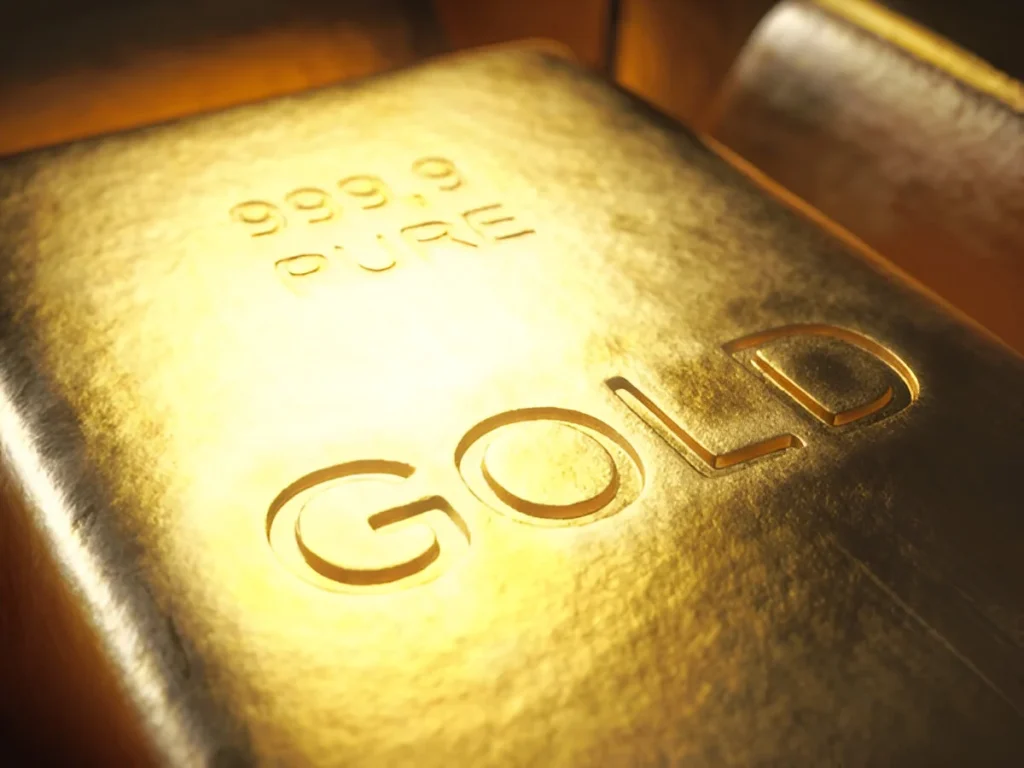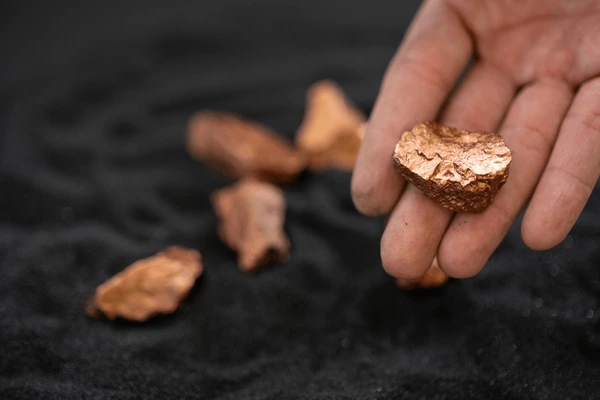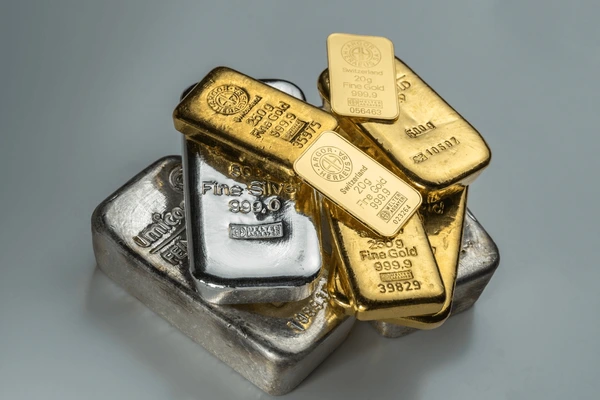Sayanava Sinha Roy
13.05.2025
Why Gold Purity Matters More Than Weight?
Gold purity impacts your gold’s real value far more than just weight. Learn why experienced gold buyers always prioritize purity above everything else.
Understanding the true value of gold is not just about knowing its weight—Gold Purity plays a far more significant role. Whether you’re purchasing gold as an investment, for jewelry, or planning to sell it, understanding how purity affects its worth is essential.
Table of Contents
In this guide, we’ll uncover the truth behind why purity surpasses weight in determining the real value of gold. Backed by industry standards and expert insights, you’ll learn to make smarter gold-related decisions—whether you’re buying or selling.

Understanding Gold Purity
Gold Purity refers to the proportion of gold in a piece relative to other metals. It’s often measured in karats, with 24K being the purest form.
Karat Guide:
- 24K – 99.9% Pure
- 22K – 91.6% Pure
- 18K – 75% Pure
- 14K – 58.5% Pure
Gold is often mixed with metals like silver, copper, or zinc to enhance durability. Jewelry, in particular, is rarely made with 24K gold because it’s too soft for everyday wear.
Why Weight Isn’t Everything
While gold is priced per gram, that number is meaningful only when combined with the metal’s purity. Two identical-looking items can differ significantly in value based on their karat.
Consider This:
Imagine you have:
- A 10-gram 24K gold chain
- A 15-gram 18K gold chain
Despite the 18K chain being heavier, the 24K chain is purer—and often more valuable per gram.
Gold Purity vs. Weight: Real-Life Examples
Let’s break this down with some simplified math:
| Item | Weight | Karat | Purity % | Net Gold Content |
|---|---|---|---|---|
| Ring A | 10g | 24K | 99.9% | 9.99g |
| Ring B | 15g | 18K | 75% | 11.25g |
While Ring B has more gold in absolute terms, if 24K gold prices are significantly higher, Ring A might still have better resale value. A reliable gold buyer would always assess purity first before quoting a price.
How Is Gold Purity Measured?
To avoid guesswork, experts use standard methods to assess Gold Purity:
Fire Assay (Traditional but accurate)
Still considered the most reliable method.
XRF (X-Ray Fluorescence)
Fast, non-destructive, and often used by modern refiners.
Touchstone Method
Affordable and common for small-scale assessments.
Each method provides insights into the actual gold content, giving buyers and sellers transparency.

Why Gold Purity Matters in Buying and Selling
Whether you’re a buyer or a seller, purity determines value.
For Buyers
- Ensures you’re paying the right price.
- Helps in choosing between investment-grade vs. wearable gold.
- Minimizes the chances of fraud.
For Sellers
- You get accurate pricing.
- Helps identify hidden value in old or broken items.
- Prevents undervaluation due to impurities.
Pro Tip: Trusted refiners always provide a detailed purity report. Don’t settle for a price without understanding what’s being assessed.
How to Check Gold Purity
Whether you’re checking jewelry or coins, look for:
BIS Hallmark (India-Specific)
Indicates government-verified purity.
Karat Stamp
Commonly engraved as 22K, 18K, etc.
Ask for a Purity Test
Request an XRF or fire assay test from a certified expert.
Bullet Checklist for Buyers:
- Always ask for purity verification
- Avoid buying without a hallmark
- Understand how price and purity relate
Common Myths About Gold Purity
Myth 1: All Gold Looks the Same
Truth: Impure gold may look identical to pure gold but holds less value.
Myth 2: Heavier Gold Is Always Worth More
Truth: Without high purity, weight alone can be deceptive.
Myth 3: All Jewelers Are Accurate in Assessment
Truth: Only reputable refiners and gold buyers use modern, transparent methods.

FAQs
Does higher karat gold always mean higher resale value?
Not always. While purity helps, the demand for specific items (like coins vs. jewelry) also matters.
Is 24K gold always better?
It’s the purest, but not always ideal for daily wear due to softness.
Can I test gold purity at home?
Some kits are available, but for accuracy, professional testing is recommended.
What’s the safest way to sell gold?
Visit a BIS-certified gold buyer or refiner and request a purity test before accepting any price.
Don’t Be Misled—Let Purity Guide Your Gold Decisions
In the world of gold, purity defines value. Weight alone cannot reflect the true worth of your gold—especially in jewelry or older items with unknown composition.
Whether you’re buying for investment or selling inherited jewelry, always prioritize Gold Purity. Trusted professionals rely on accuracy, transparency, and proper assessment tools to ensure you receive the true value of your gold.
Make informed decisions, ask questions, and never ignore purity again—it might just mean the difference between profit and loss.
Popular Post



